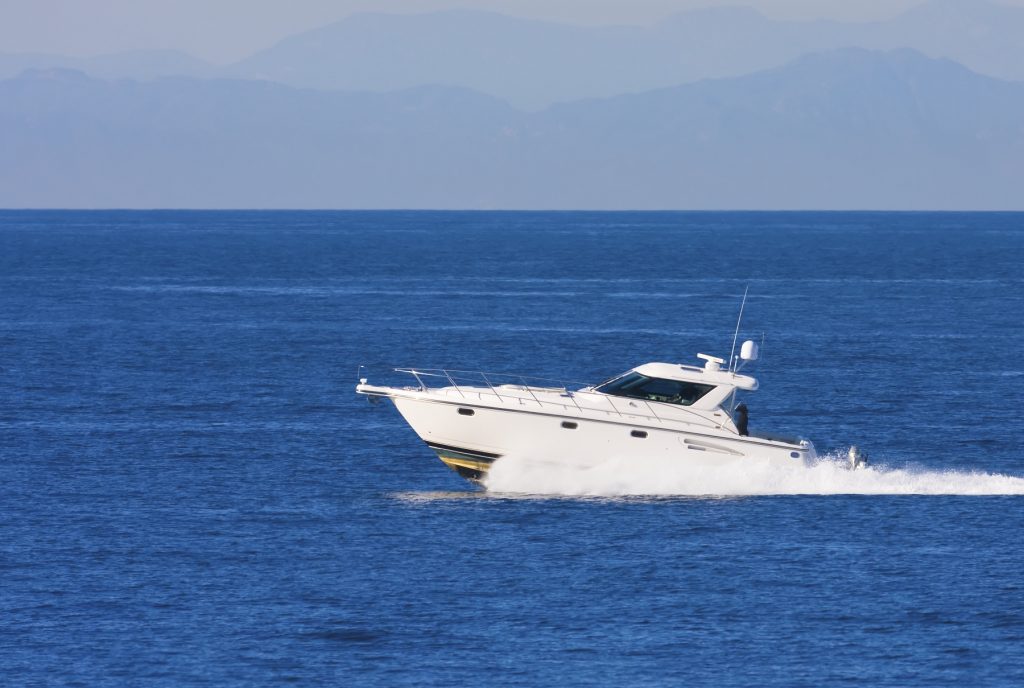Certifying your vessel
The inspection and certification of the vessels are done regularly. If you have a vessel, you have to get it certified. All small commercial and large vessels must be certified by the top Canadian Vessel Registry which is under the Transport Canada. This applies to all the small vessels that carry more than 12 passengers.
Only certified vessels are allowed to operate with a Canadian flag. It is important to get your vessel certified for security and safety reasons. Here is how you can get your vessel certified.
- Getting your vessel certified by Top Canadian Vessel Registry
The Transport Canada is mandated to carry out the certification of all the vessels. The law empowers it to inspect and certify all commercial vessels that are of between 15 and 150 gross tons. The commercial vessels that carry more than 12 passengers but have less than 15 gross tons are also included in this certification process. The inspection and certification are done through third-party organizations. They are approved and allowed to carry it by the Transport Canada.

- First inspection and certification
After the initial inspection, there is a regular inspection that is carried out on your vessel. The number of times that the boat is supposed to be inspected depends on its commercial use. All small commercial vessels must be inspected before operating. They are supposed to have a valid operating certificate when they are used for commercial purposes. It is your responsibility to get your vessel inspected and certified.
- Inspection frequency
When the first inspection is done and completed, there are follow-up inspections. This can be done yearly or every four years. It is important for the Transport Canada to carry-out these inspections regularly. It helps them maintain the validity of the boat’s operating certificate. The vessels that are more than 15 gross tons or carry more than 12 passengers are inspected every year. This starts after the initial inspection and certification.
- What is involved in yearly inspection
The vessel is inspected externally and internally by the inspectors. The following are some of the things they check, the general condition of structures, equipment, and their operation. The other things they check include maintenance records, validity of certificates, life-saving, fire-fighting and fire detection equipment. You are required to advise the inspectors for any changes that have been done to the boat. It is also significant to let the inspectors know how and where the vessel has been used since its last inspection.
- Inspection every four years
The vessels that are between 15 and 150 gross tons and do not carry passengers are inspected after 4 years. This applies to the fishing boats of the same size range. The fees for inspection vary depending on the type and size of the vessel and can be provided by top Canadian Vessel Registry.
The items that are checked are similar to the ones that are done during an annual inspection. The passenger vessels that carry more than 12 passengers or have 15 gross tons undergo rigorous inspection every four years.

